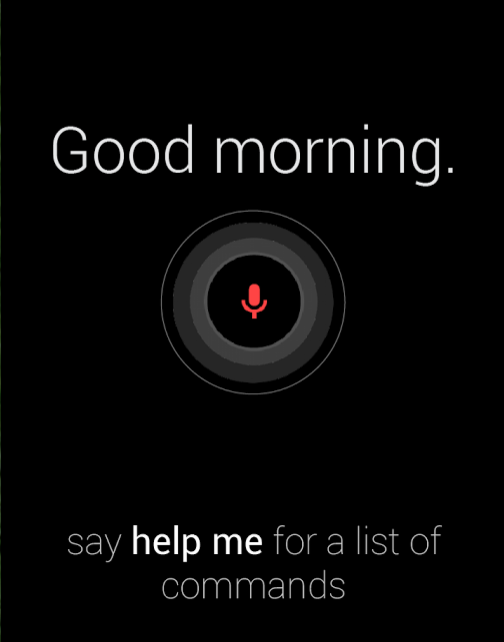Why The Nexus 5 Lacks Touchless Control, The Moto X ‘Always Listening’ Voice Gestures
Why does the LG Nexus 5 lack Touchless Control when Google-owned Motorola debuted the feature in the Moto X?

Before Google (NASDAQ:GOOG) lifted the veil on its Android flagship last month, many wondered if the Nexus 5 would have Touchless Control, a standout feature from Motorola Mobility's Moto X.
Debuting with the Moto X late this summer, the always-listening voice control was developed by Google's newly acquired handset division, Motorola.
Touchless Control seems like the natural progression of voice control technology. After all, why should users have to touch a smartphone to operate a hands-free tech?
Cut to November: The Nexus 5 appears in the Google Play Store, but it is not "always listening." Google touts the smartphone as having a hands-free feature, but it only works from the home screen. Touchless Control is absent from the Nexus 5, when many hoped that the LG-built flagship would propel the technology forward, offering refinement and perhaps better integration with the Android operating system.
So, what gives? Touchless Control was developed by Motorola for the Moto X, not Google directly. While it is owned by Google, Motorola is still a separate entity, and it is not likely that Google will implement every innovation Moto makes into the core Android ecosystem. Many suspected that Motorola was holding out some of the Moto X's most intriguing features from the Nexus program to keep a competitive edge.
While that reasoning may have partly affected Google's decision, some suspected that it could have been a hardware issue. While the Moto X features a dual-core main CPU, in addition to two other processors, with one low-power single core set aside solely to listen for Touchless Control.
One disappointed software engineer has found the root of the problem. Siggi Simonarson said that the "Snapdragon 800 has a dedicated core that should be capable of low power audio processing," but was disappointed to find that his Nexus 5 lacked Touchless Control. So he started digging.
Simonarson found that Motorola licensed Nuance’s Dragon Speech Recognition software to operate parts of Touchless Control. Therefore, the “always listening” Moto X uses the same software found in Siri and Samsung S Voice.
Simonarson suggests that Motorola might have to pay a royalty to Nuance for every handset sold — an expense that Google would avoid at all costs for the Nexus 5, which is sold for less than half of some premium smartphones, and devoid of expansive profit margins. He posted a screenshot of the Dragon software located on the Moto X in the blog post where he reported his findings.
Were you disappointed by the Nexus 5's lack of Touchless Control? What features do you hope to see in the next major Motorola/Nexus Android release?
© Copyright IBTimes 2024. All rights reserved.



















